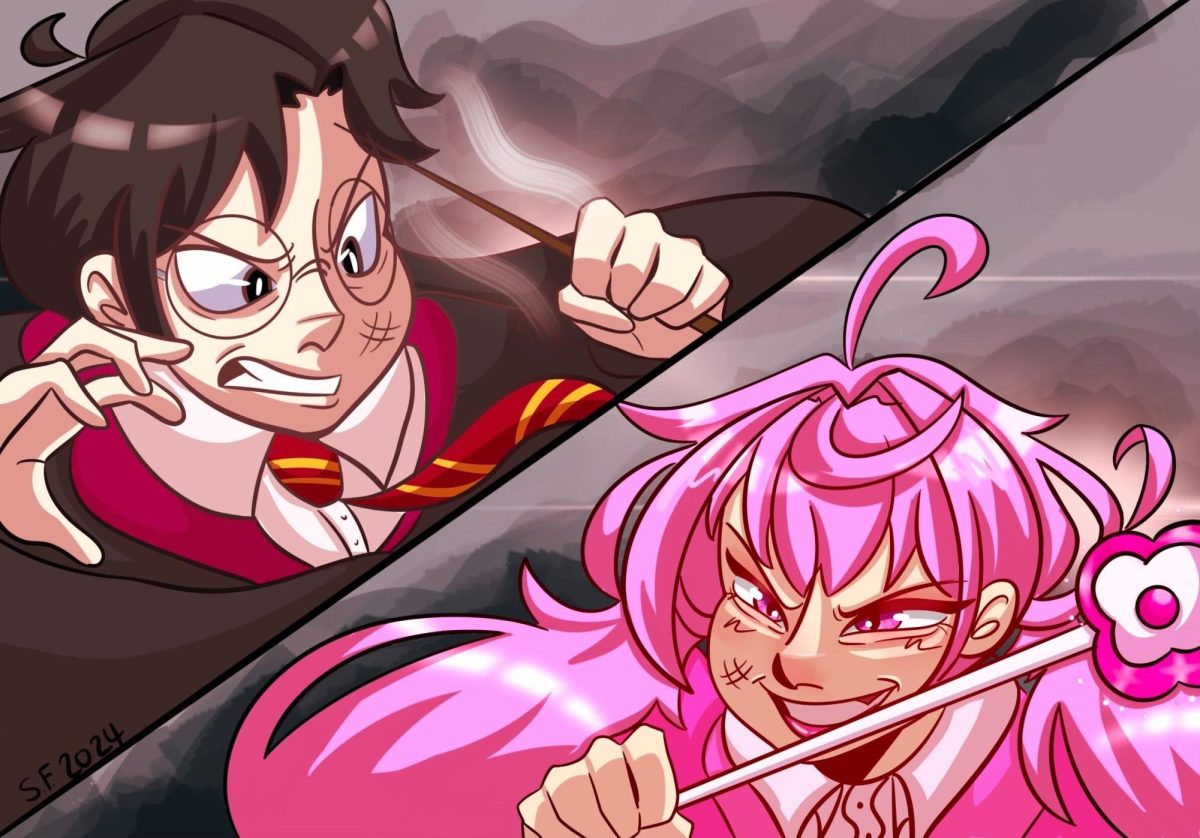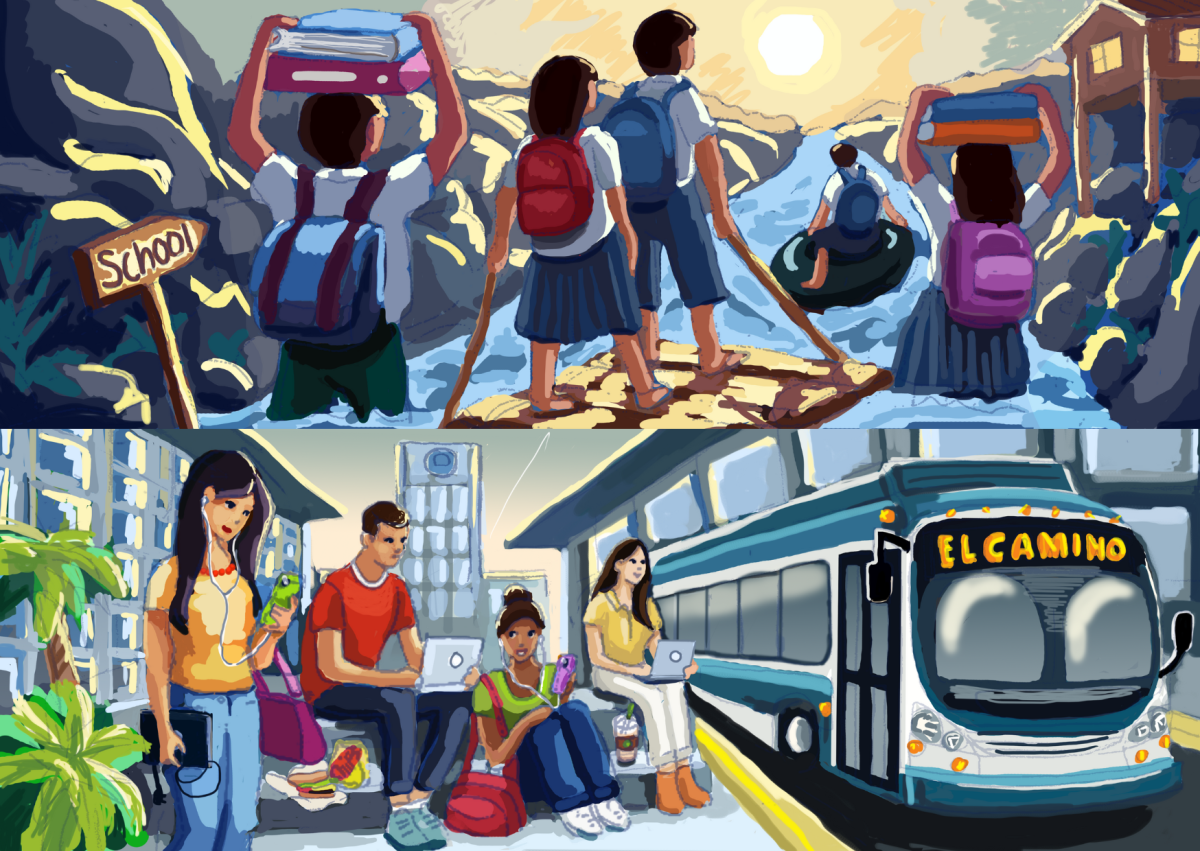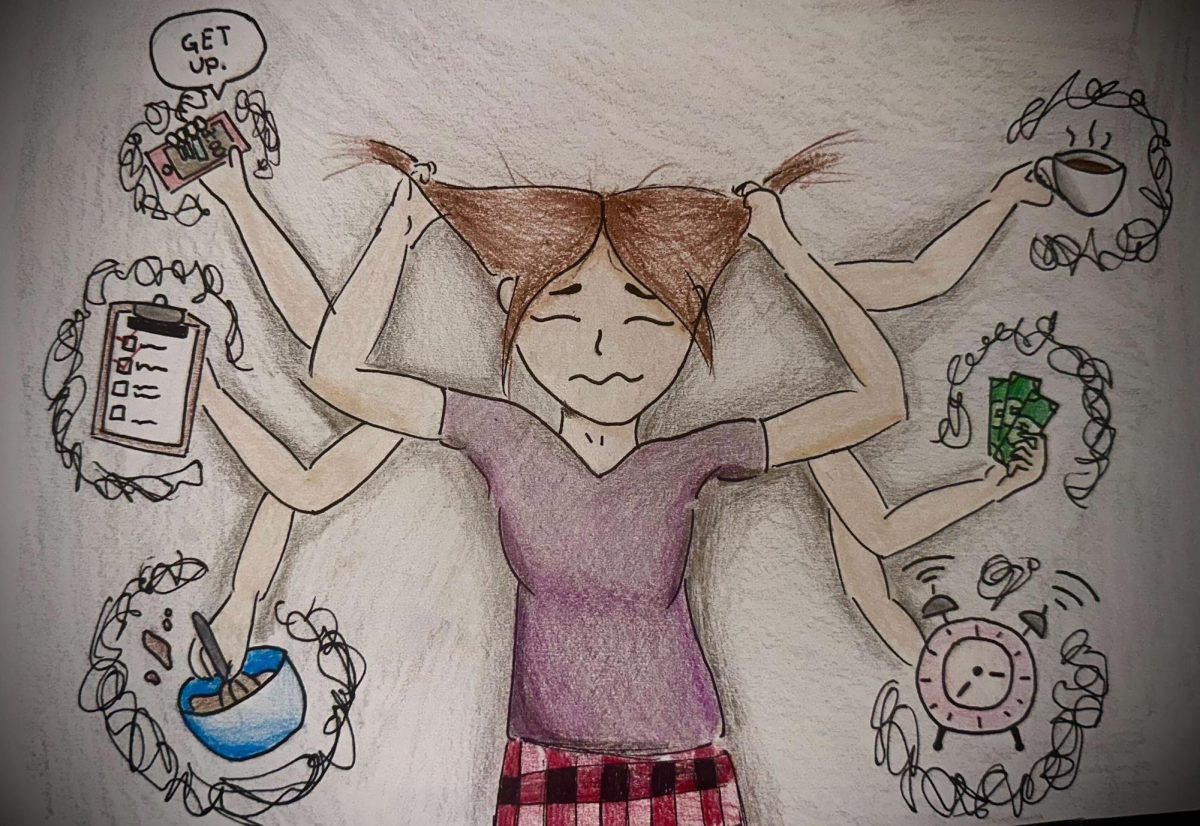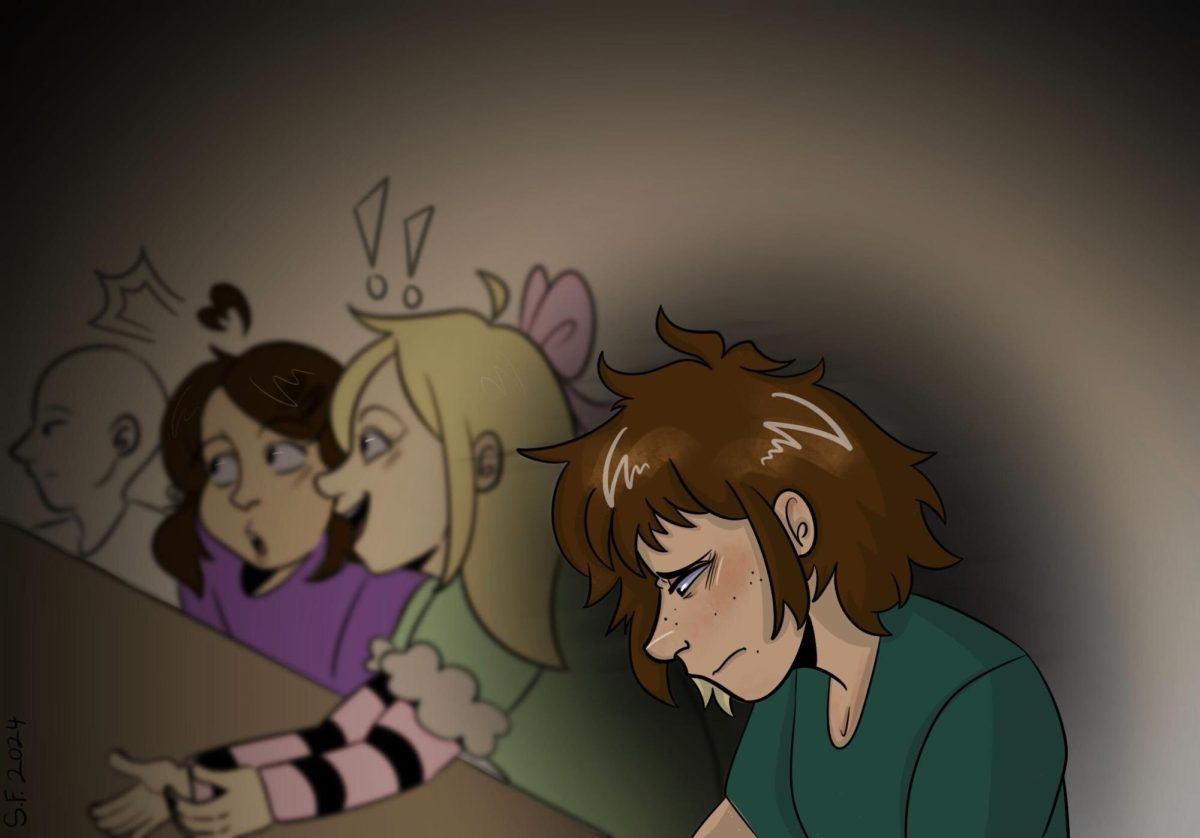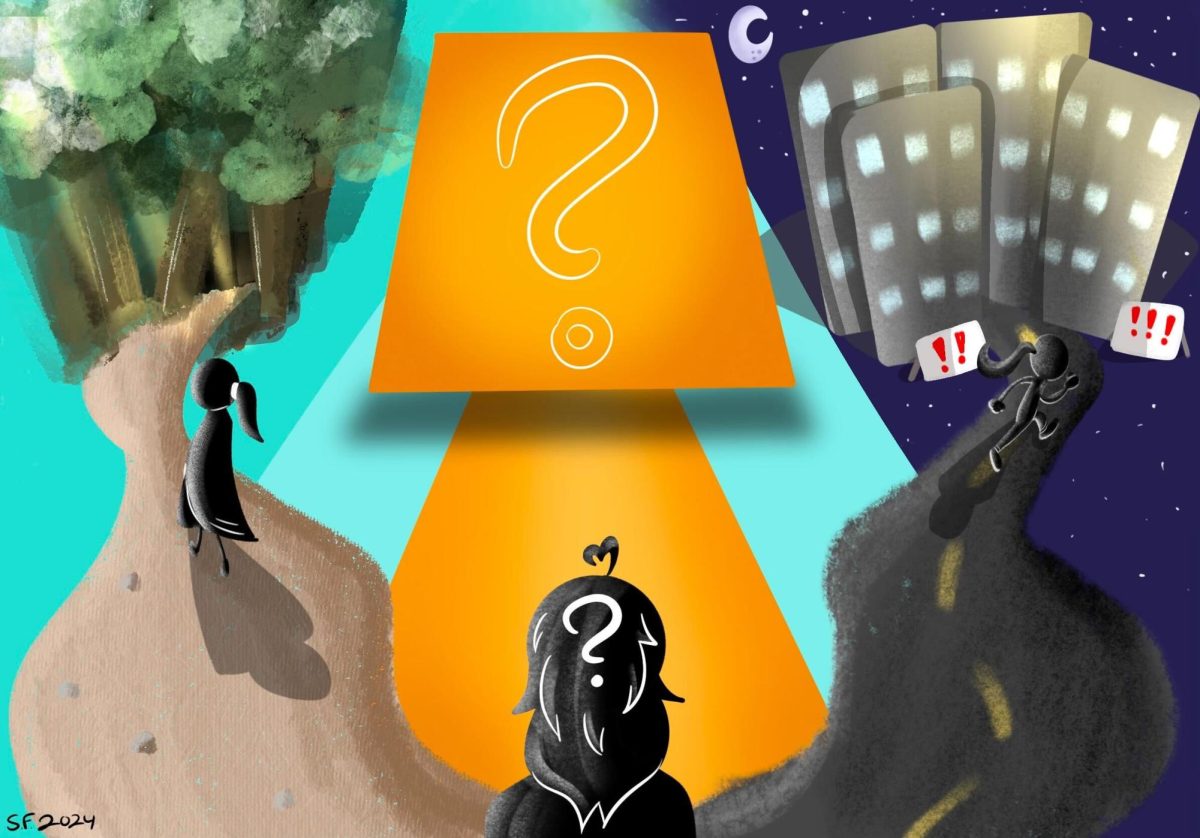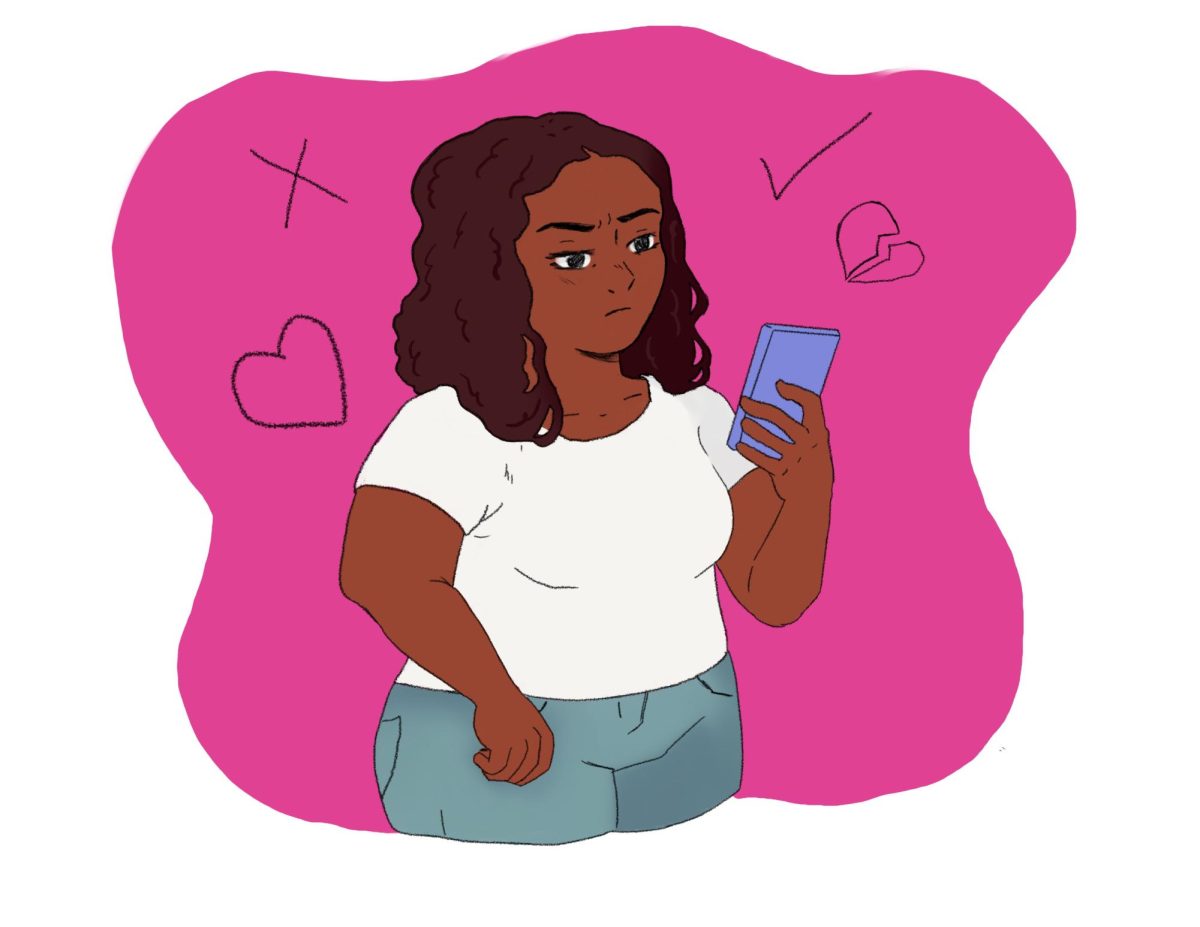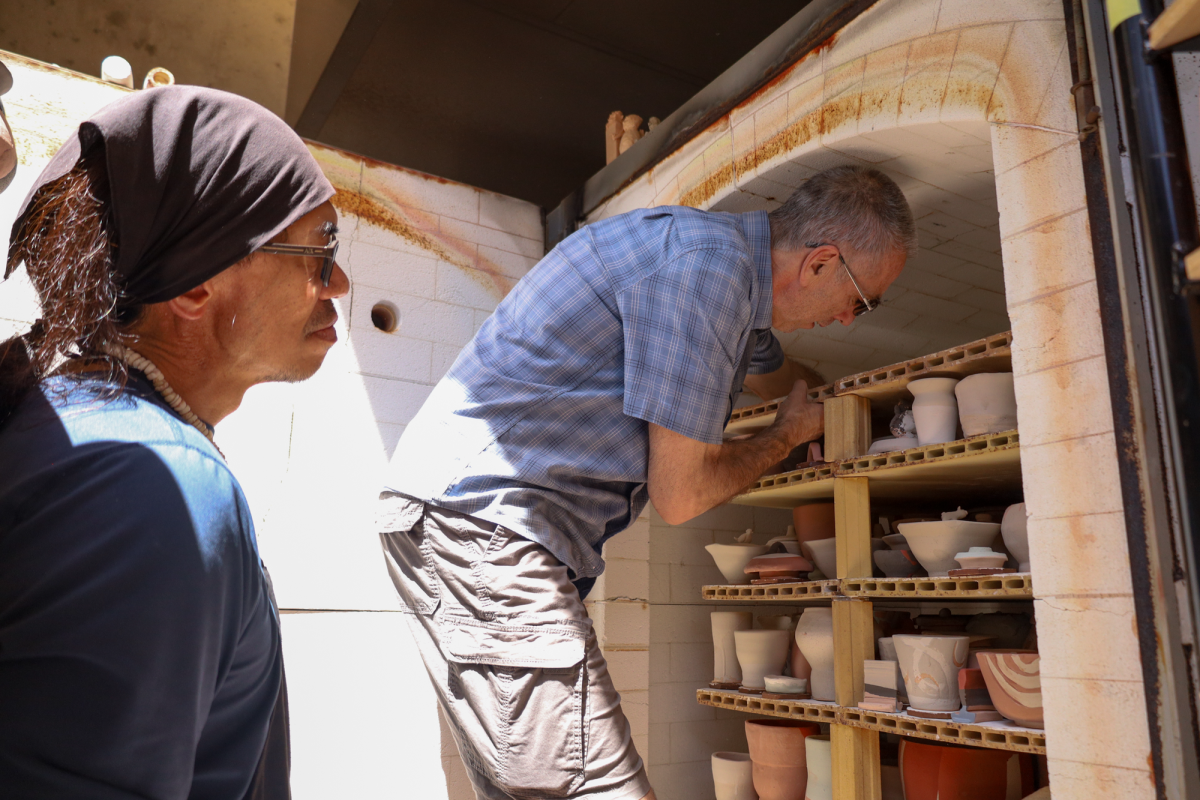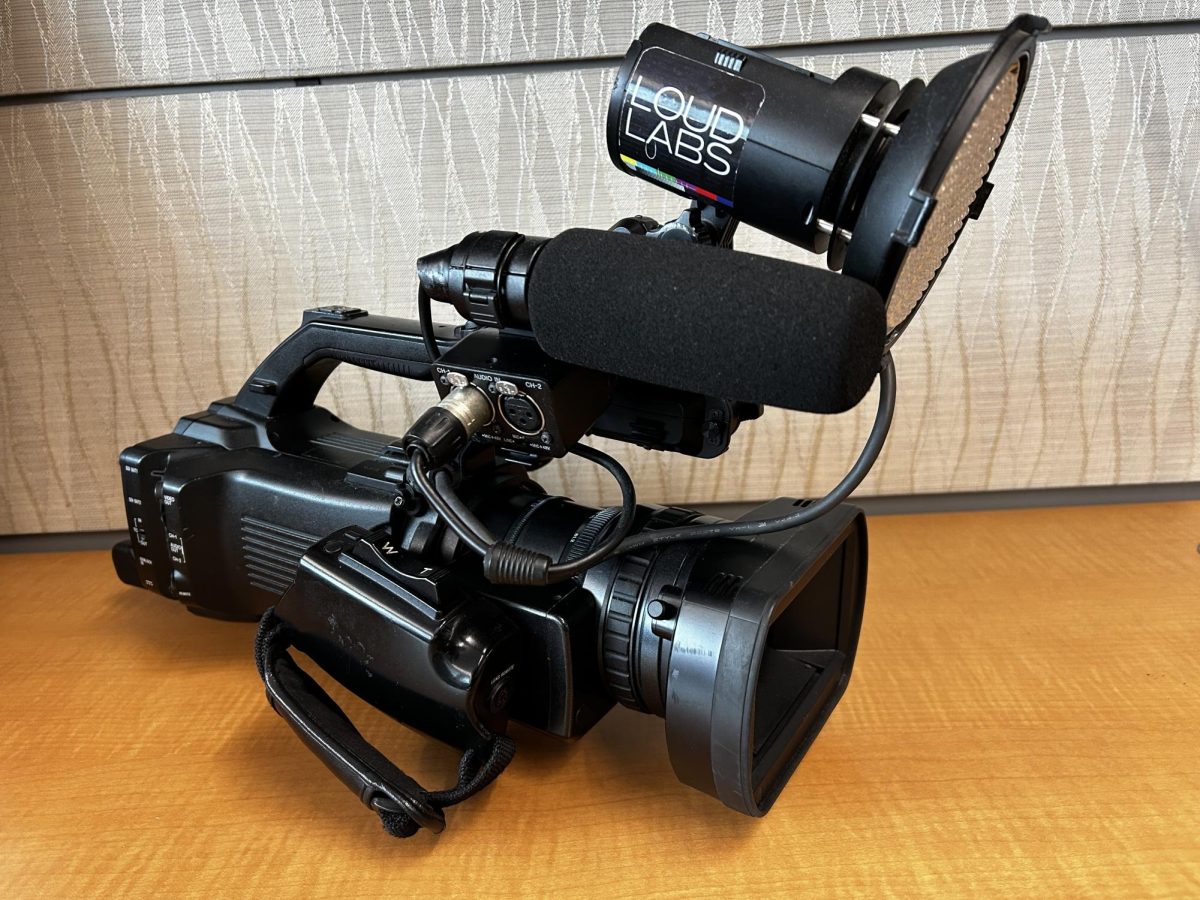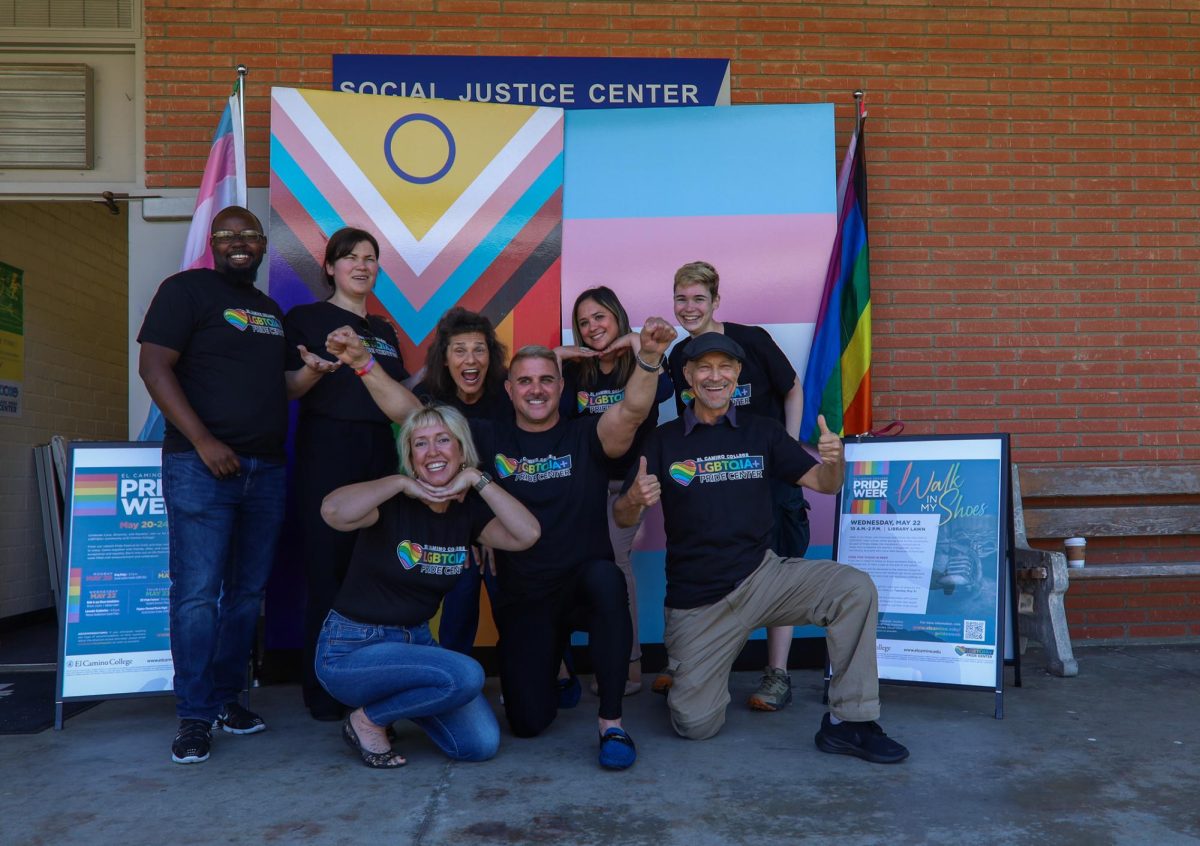The ground floor of the Pool and Classroom Building has seen its share of miracles.
A 77-year-old woman who lost the ability to stand learned how to walk again.
A 58-year-old man whose right side of his body became paralyzed is driving to school.
A 32-year-old student with autism finds peace and relaxation while floating in the pool.
And a 94-year-old asthmatic student breathed new life into her daily activities because of chest exercises.
Located at the heart of campus, the L-shaped structure houses El Camino College’s adapted physical education classes.
“Students have different disabilities, exercise experience, fitness goals, so all of their exercise programs are tailored towards their health conditions,” Adapted Physical Education Coordinator Jae Lim said.
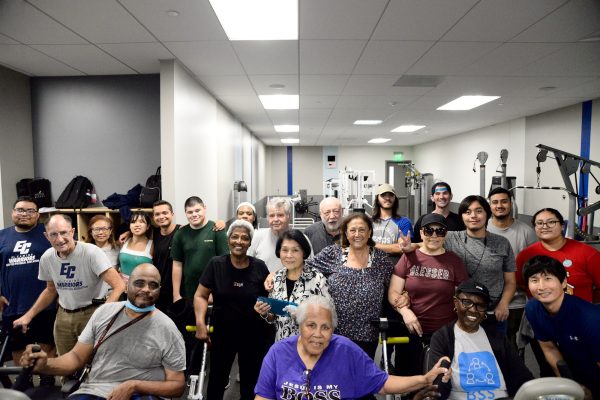
The program currently has 132 students, ranging from 18 to 94 years old. Some have been with the program for over 25 years.
The program is under the Division of Health Sciences and Athletics. Classes are open to all; anyone can take a class.
When students want to remain in the program after their first class, they must get a referral from El Camino’s Special Resource Center, Lim said.
The World Health Organization estimates 1.3 billion people have significant disability. That means 16% of the global population or 1 in 6 people experience disability.
Federal and state laws mandate that students with disabilities have the right to equal access to higher education.
At El Camino, it is the Special Resource Center’s goal to provide accommodations to assist students with disabilities.
The Adapted Physical Education Program offers both land-based and aquatic classes.

Land-based classes include adapted fitness, adapted strength training, adapted cardiovascular exercises and adapted yoga.
These classes are in the Adapted Fitness Room in Room 119 of the Pool and Classroom Building.
Known as the Adapted Fitness Room, it has specialized equipment that caters to persons with disabilities.
The adapted gym differs from the regular gym on the other end of the building, the Fitness/Wellness Center in Room 128.
“The exercise machines have adapted features, like removable seats for wheelchair access and easier transfers, reclined seats for back support, smaller weight increments, and other adjustable options to accommodate each individual’s needs,” Lim said.
Aquatic classes consist of adapted swimming and hydro-exercise and are held in the two indoor heated pools.
The program used to offer bowling as an adapted recreation program.
“We used to meet at Gable House Bowl, but unfortunately, it got torn down, and we’re looking for a new bowling alley at the moment,” Lim said.
Carole Hoshiko, 94, has been with the program since the early ‘90s.
Because of her health, she had to retire early from her office work at Carson High School, part of the LAUSD.
“I was very ill. I had asthma and I was going to a pulmonary education program at Little Company of Mary,” Hoshiko said.
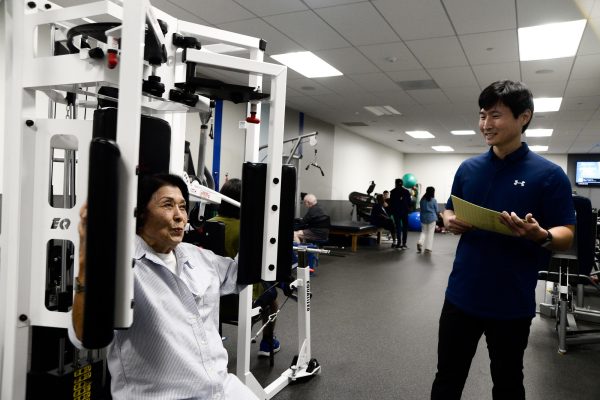
One of the professors came to their monthly meeting and gave a lecture on the importance of exercise.
“He mentioned that for asthmatics, exercise would really be good and it may improve our condition,” she said.
Hoshiko said the people she met in the program helped her.
“You meet a lot of people with maybe the same condition, or they might have it a little harder, but I see how they try to work and it gives you encouragement to do the best you can, too,” she said.
***
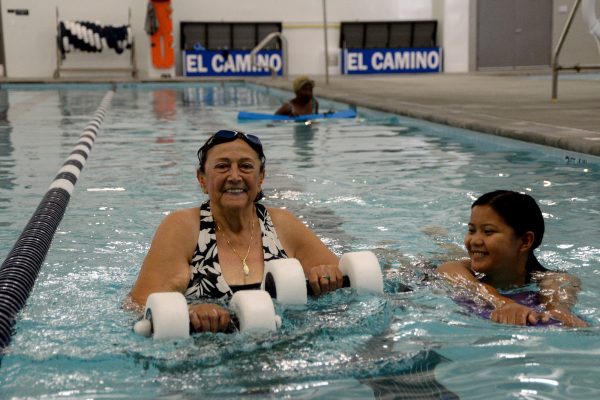
“I used to go like [a] tornado,” Salma Farkouh, 77, said. She was physically active and was always on the move.
But when she was 54, she could no longer stand for long periods. She was diagnosed with fibromyalgia.
She lost her job as a salesperson at Macy’s in Del Amo Fashion Center when it was still called Bullock’s.
Farkouh has been with the program for 16 years. It helped her walk again. Twice.
“Baby steps,” she said.
She was so happy with the adapted physical education classes that she also enrolled in computer classes.
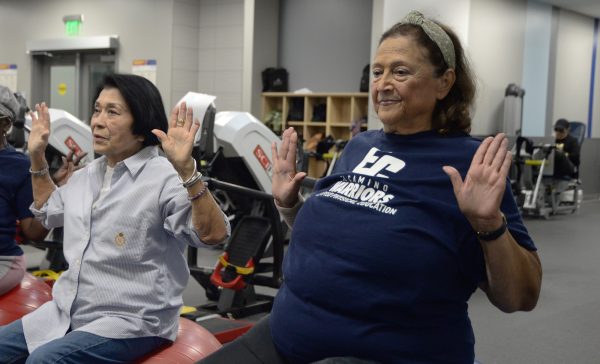
Farkouh is from Cairo and is fluent in both Arabic and French but wanted to improve her English grammar.
In 2019, while attending her grammar class at El Camino, she tripped on a backpack left on the floor. She had to get knee replacements as a result.
She had to relearn how to walk again.
She was depressed for six months but when her classmates came to her house to tell her they missed her, it pulled her out of her depression.
Every Tuesday and Thursday, she goes to the strength training class followed by the adapted swimming class. She uses a walker but thanks to the program, she has a new zest for life.
***
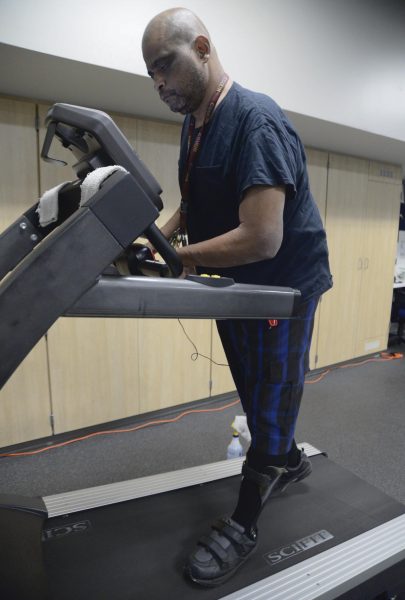
Oct. 6, 2009.
The day is imprinted on Starlin Jones’ memory. It was the day he had a stroke while picking up his kids from different schools.
He felt his leg throbbing. “So after picking up my last kid, I went to the house and I started running up and down the steps to get the kink out of my leg,” Jones, 58, said.
Before the stroke which left the left side of his body paralyzed, Jones owned a moving company. He was unaware that he had high blood pressure and diabetes.
Jones was in the hospital from Oct. 6, 2009 to Jan. 10, 2010. He enrolled in El Camino’s adapted swimming class two days after getting out of the hospital on the advice of his therapist.
He also got rid of the wheelchair he was using in the hospital.
“Being in the water, it like insulates you, and so it took away my fear to move,” Jones said. “So I started moving in the water, just back and forth, just walking the lanes, and it gave me enough encouragement that I could trust myself.”
It took four years before he got a new driver’s license. But it took another three before he could drive again.
He earned three associate degrees in that time.
“Before I would start driving, I got acclimated by just riding the bus, walking down the street, you know, all that stuff had to come back real slowly,” he said.
In 2016, seven years after his massive stroke and intracranial hemorrhage, Jones bought a car.
Jones said he can’t dress himself, so a helper comes the night before to help him put on shirts and pants.
“My ultimate recovery goal is to get ready and be self-sufficient, right? So instead of taking a big goal, I take small, proximal goals, like, you know, just getting up in the morning and getting myself dressed,” he said.
Today, he accomplished two “small” goals: making breakfast and driving himself to his strength training class.
He’s getting to where he wants to be, slowly but surely, he said.
“I drove myself here, you know, just little things that I can attain and help me get to the bigger picture,” he said.
***

The rock band AC/DC’s song blares from a small, rectangular Bose Bluetooth speaker at the foot of the pool as the thick smell of chlorine fills the air.
‘Cause I’m T.N.T.
I’m dynamite
T.N.T.
And I’ll win the fight
Amid the noise and the smell, George Zamora, 32, floats on his back from one end of the shallow pool to the other.
He does this repeatedly for 40 minutes.
“It’s very peaceful,” Zamora said.
The pool is Zamora’s happy place. He looks forward to his swimming classes every Tuesday and Thursday.
Zamora and three other classmates take the No. 5 bus from Easterseals Cota to El Camino, accompanied by their life skills coach.
Easterseals is a nonprofit that provides disability and community services, including autism services that Zamora and his friends need.
When they arrive at the Pool Classroom Building, their life skills coach can’t go with the three men to the men’s locker and shower room.
Zamora makes sure the three of them come out of the locker room in their swimming clothes.
He also reminds the other two, ages 29 and 32, to bring their bags and dry clothes.
As soon as the bags are deposited securely with their life skills coach, Zamora goes into the water, lies flat on his back and stares at the ceiling.
Sometimes he closes his eyes and just floats steadily on the water.
His other favorite thing to do is play his Nintendo Switch.
“My dream job is to work at GameStop,” he says.
‘Cause I’m T.N.T.
I’m dynamite
T.N.T.
And I’ll win the fight
Bon Scott, lead vocalist of AC/DC, sang as Zamora floats away.







